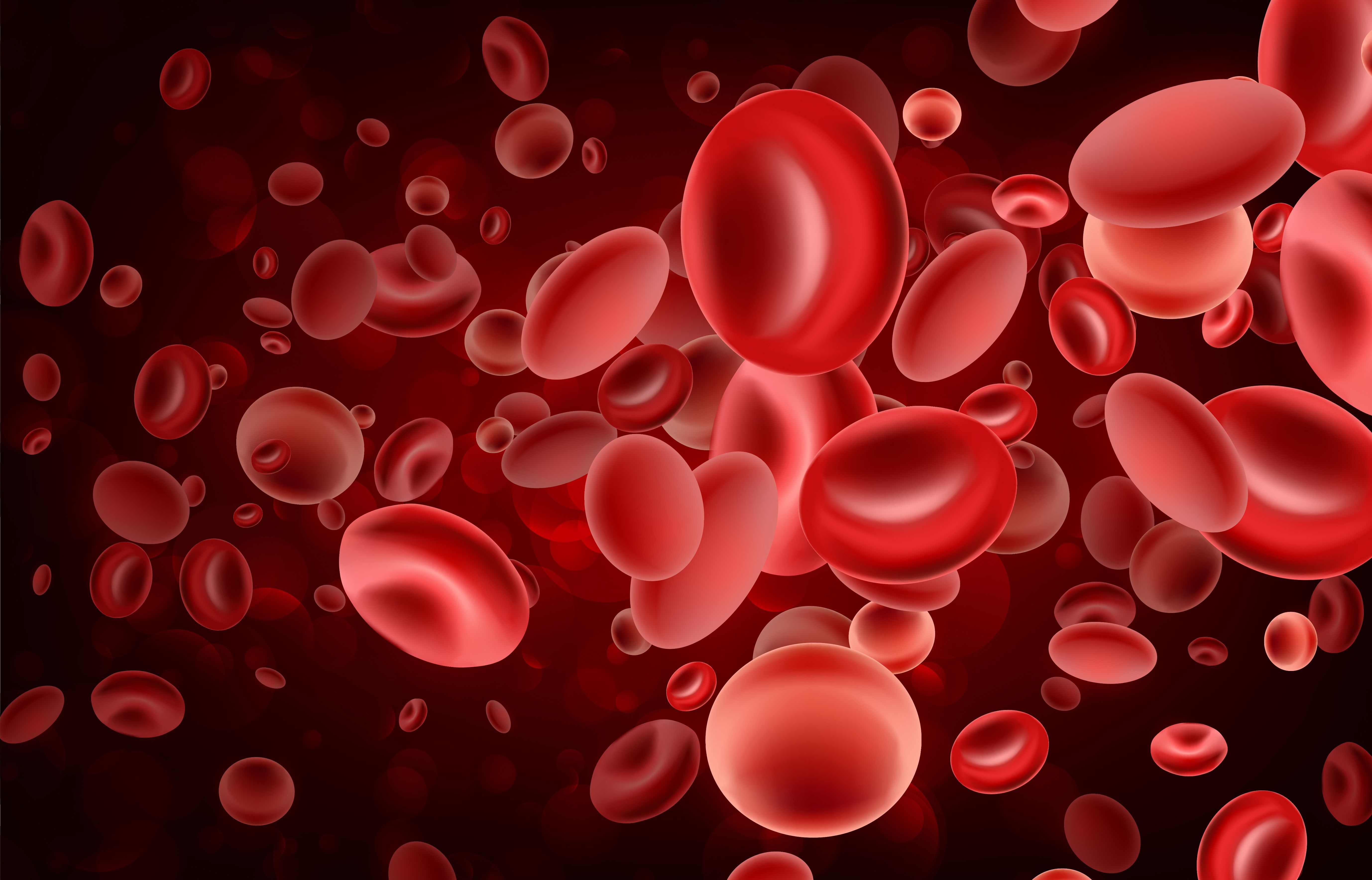In Older Patients With Chronic Lymphocytic Leukemia Ibrutinib Regimens Yield Superior Efficacy
Compared to those who received rituximab and bendamustine, elderly patients treated with ibrutinib-containing regimens for chronic lymphocytic leukemia saw a progression-free survival benefit.

In older patients with previously untreated chronic lymphocytic leukemia, continued progression-free survival (PFS) improvement was demonstrated with ibrutinib (Imbruvica)–containing regimens compared with bendamustine plus rituximab (Rituxan; BR), according to updated results from the phase 3 AO41202 trial (NCT01886872) that were presented at the 63rd American Society of Hematology Annual Meeting.
At the median follow-up of 55 months, the ibrutinib-containing regimens showed superior PFS compared with the BR group. At 48 months, 47% of patients in the BR arm were progression free (95% CI, 0.39-0.55) vs 76% in both the ibrutinib-alone arm and the ibrutinib plus rituximab arm (95% CI, 0.69-0.82).
“While all patients do appear to benefit from ibrutinib-based regimens compared with BR, high-risk patients appear to derive the greatest benefit at this time period,” Jennifer A. Woyach, MD, lead author on the study, said during the presentation.
A total of 547 patients were randomized 1:1:1, with 183 in the BR group, 182 in the ibrutinib-alone group, and 182 in the ibrutinib plus rituximab group. In the 2 latter groups, 94 and 91 patients are still on treatment, respectively. There were 37 patients in the BR group who crossed over to the ibrutinib groups.
Patients were given 90 mg/m2 of bendamustine on days 1 and 2 of each cycle, and 375 mg/m2 of rituximab on day 0 of cycle 1 then 500 mg/m2 on day 1 of cycles 2 to 6. In the ibrutinib groups, patients were given 420 mg of ibrutinib daily until disease progression and 375 mg/m2 of rituximab each week for 4 weeks beginning at cycle 2 day 1, then day 1 for cycles 3 to 6.
Overall patient characteristics included a median age of 71 years, with 67% being male. A total of 10% had a TP53 mutation; 53% were Zap-70 unmethylated, defined as less than 20% methylation; and 61% were IGHVunmutated. ECOG scores between 0 to 1 were found in 97% of patients and 6% had deletion 17p.
When comparing the regimens in terms of PFS, both ibrutinib alone (HR, 0.36; 95% CI, 0.26-0.52; P <.0001) and ibrutinib plus rituximab were superior to BR (HR, 0.36; 95% CI, 0.25-0.51; P <.0001). Between regimens, ibrutinib plus rituximab and ibrutinib alone were similar (HR, 0.99; 95% CI, 0.66-1.48; P = .96).
All subgroup analyses favored ibrutinib-containing regimens vs BR. Patients with IGHV-mutated disease were the only group for which the confidence interval crossed 1.00, with Woyach pointing out that this marker was only able to be analyzed in 66% of the cohort.
In the multivariate analysis for PFS, investigators combined the 2 ibrutinib arms as previous analyses did not show a significant difference between them. Besides comparing treatment groups of ibrutinib with or without rituximab (I/IR) vs BR (HR, 0.32; 95% CI, 0.23-0.45; P <.0001), factors of increasing age at 5-year intervals (HR, 1.26; 95% CI, 1.08-1.47; P = .004), b2 macroglobulin of 5 or more (HR, 1.84; 95% CI, 1.33-2.55; P<.001), presence of TP53 abnormality (HR, 1.65; 95% CI, 1.01-2.69; P = .04), and karyotype abnormalities with a 1 unit increase (HR, 1.07; 95% CI, 1.02-1.14; P = .01) were associated with less favorable outcomes overall. Conversely, Zap-70 methylation of 20% or more was associated with more favorable outcomes (HR, 0.69; 95% CI, 0.50-0.94; P <.02).
When investigators tested for interactions between treatment groups (I/IR vs BR) and prognostic factors, they found no significant difference in treatment affect were noted based on karyotype abnormalities or b2 macroglobulin. However, age played a role in treatment efficacy with the highest interaction being in those who were 80 years old (HR, 0.55; 95% CI, 0.31-0.98). Additionally, no TP53 abnormality (HR, 0.39; 95% Ci, 0.27-0.55) to those that did (HR, 0.07; 95% CI, 0.03-0.18) and those with a Zap-70 methylation greater than 20% (HR, 0.61; 95% CI, 0.37-1.01) saw an interaction.
“Although the protective effect of ibrutinib is apparent across subgroups of patients, we found some evidence that ibrutinib-based regimens were even more protective for younger patients and for those with the most high-risk genomic abnormalities, including TP53 abnormalities as well as Zap-70 methylation less than 20%,” Woyach said.
Additionally, the overall survival rate at 48 months in the BR group was 84% (95% CI, 0.77-0.89), vs 85% in the ibrutinib-alone group (95% CI, 0.79-0.90) and 86% (95% CI, 0.79-0.90) in the ibrutinib plus rituximab group.
Adverse effects of atrial fibrillation or flutter were seen in both groups, but was more common for those in the ibrutinib groups. At 36 months, atrial fibrillation or flutter was seen in 3.8% of patients treated with BR and 15.7% treated with ibrutinib. Hypertension was also seen more in the ibrutinib regimen groups than the BR, occurring in 52.6% and 26.7%, respectively..
“Atrial fibrillation and hypertension increase with time on therapy, but these toxicities don’t appear to outweigh the superior efficacy of the drug,” Woyach concluded.